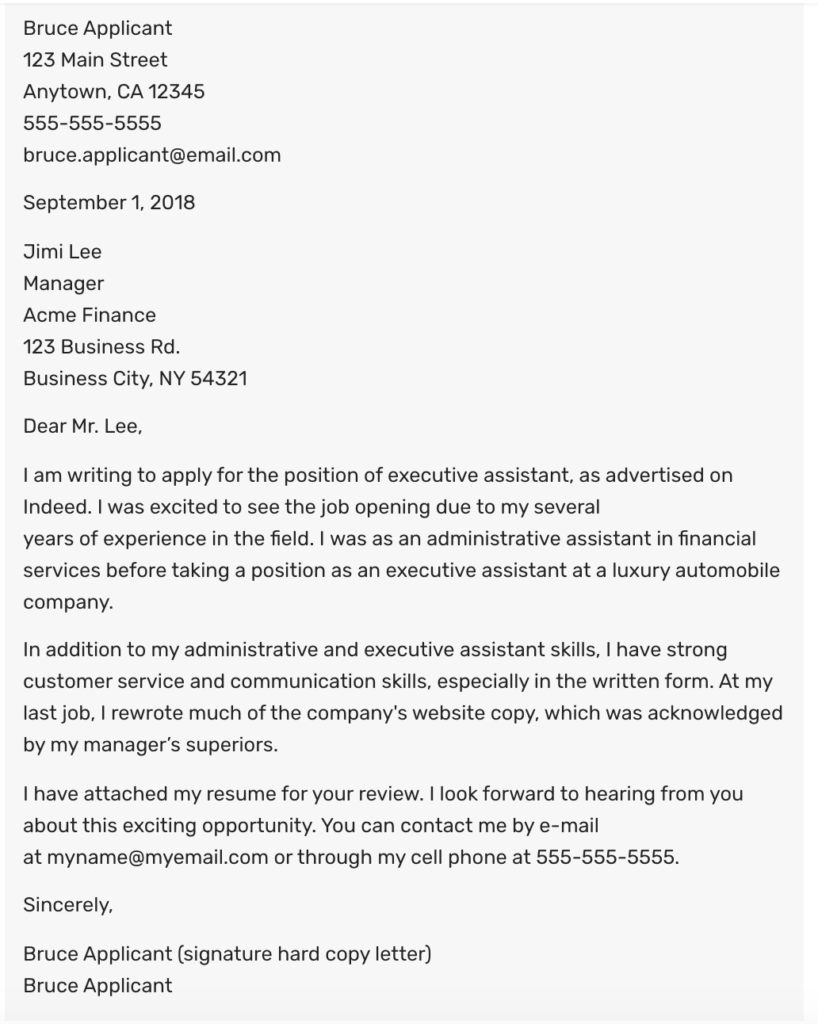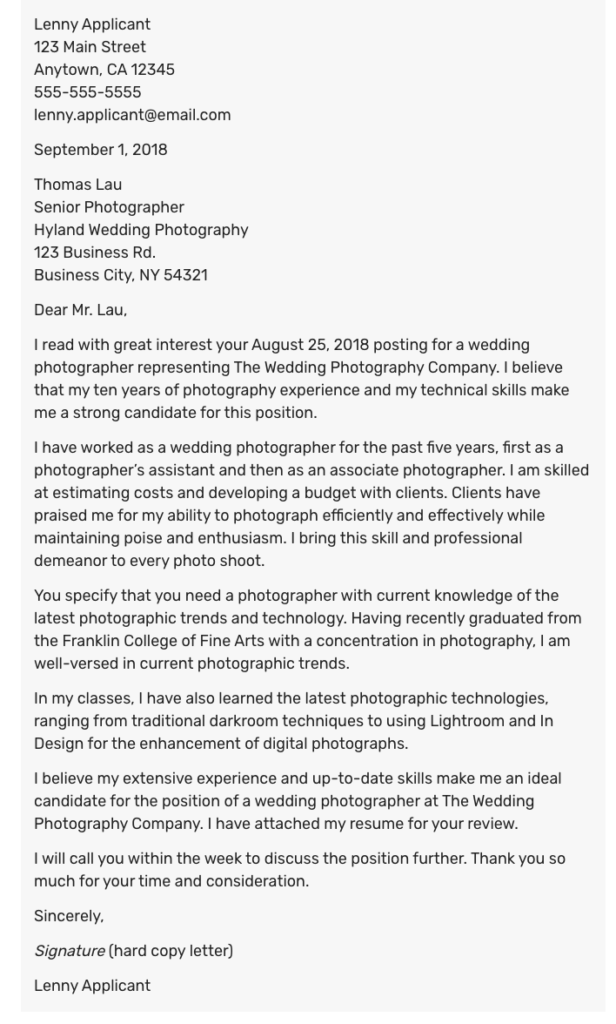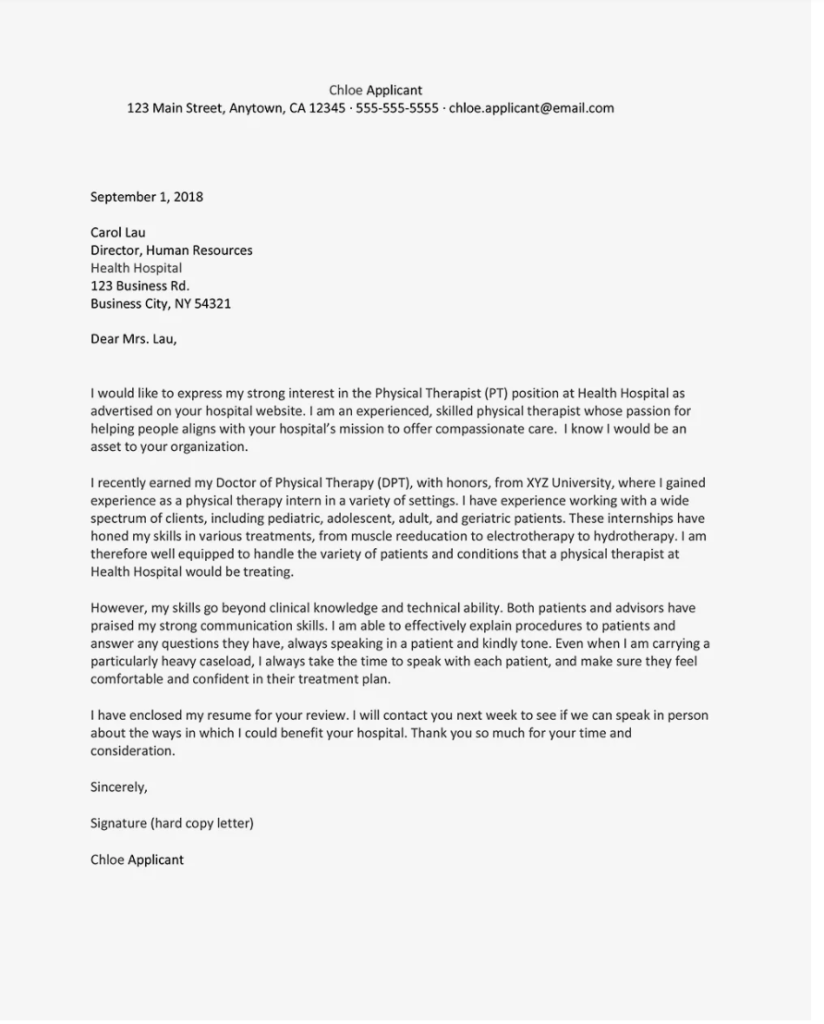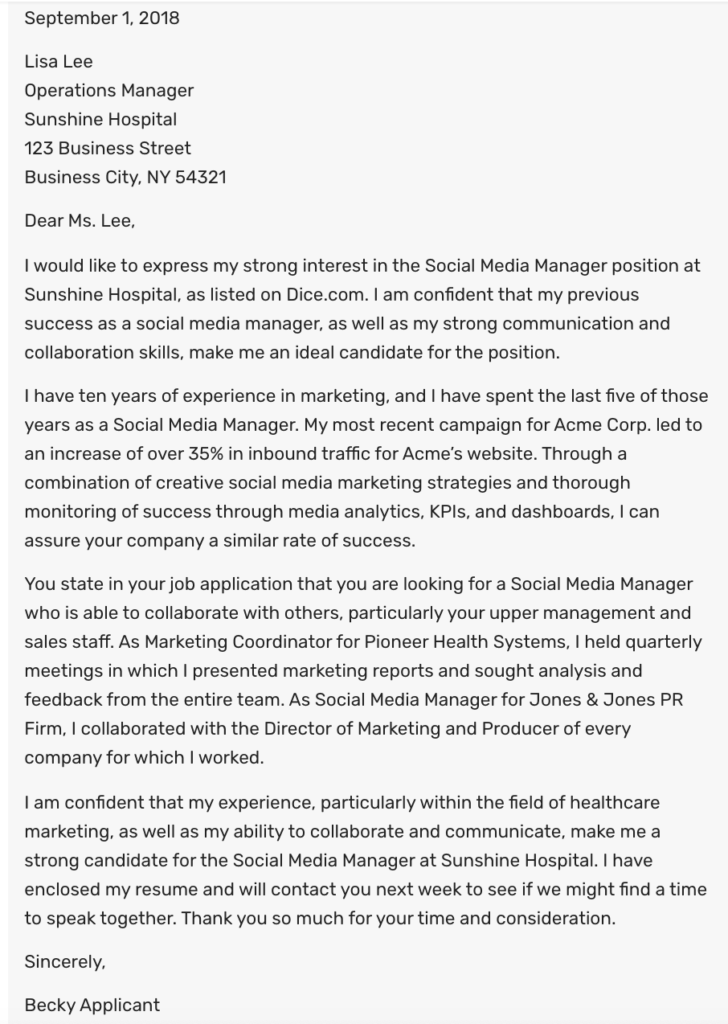Assignment – Cover Letter and Envelope
At this point we have researched careers or clusters you may be interested in as well as created a resume and job application.
So at this point we are actually ready to:
- Find one job opening in a career area you may be interested in upon completion of your training/education. If you cannot find a job opening, you may pick a business you may like to work for.
- Create a cover letter.
- Create an envelope
Step 1:
Find a job opening that you may be interested in currently or in the future. You can either print the information and put the printout in your notebook or you may copy and paste the information into a Google Doc that you create in the Google Drive folder I created for you. This step is necessary in case you do not complete the assignment today and need the information next week or in the future.
Step 2:
Introduction to Cover Letters
Cover letters are important because they tell employers the type of position you’re seeking and exactly how you’re qualified for it. Your cover letter can also explain things that your resume can’t.
What is a cover letter?
A cover letter is a one-page document that, along with your resume, is sent with your job application. A cover letter is your chance to tell a potential employer why you’re the perfect person for the position and how your skills and expertise can add value to the company. The letter should be professional but personable, and serve as a sort of introduction.
A lot of job seekers today wonder if a cover letter is still appropriate to send with your resume—and the answer is yes! Even if an employer doesn’t ask for a cover letter, it couldn’t hurt to send one. In fact, it can help you get someone’s attention in a different way, and it can be a great way to display your enthusiasm for the job and company.
Basic Elements of a Cover Letter
The following should be included in the cover letter:
- Your name and address preferably in the header area of letterhead that resembles or matches your resume.
- Current date.
- Name and address of the person/company you are sending the letter to.
- Greeting – Address your cover letter to the proper person.
- Opening – Write a personable, inviting opening paragraph that notes which position you are applying for and how you learned of the job opening.
- Achievements and Skills – Highlight your past achievements as they relate to the job you’re applying for. Emphasize additional relevant skills and certifications which show you meet the job requirements.
- Closing: Briefly recap your strengths as a candidate, why you want to work for the organization, a call for action or next steps, and your contact information.
Template for writing your cover letters:
Use the same letterhead format you did for your resume if it is attractive which includes the following in a header section of a Microsoft Word document: Your Name, Street Address, City, State Zip Code, Phone Number, Email address. You will NOT type this information as it appears here with just commas separating each element of the header.
Date
Individual’s Name (at the business you are applying to), Job Title (that individual’s job title within the business)
Name of Organization or Company (company where you are applying)
Street Address
City, State Zip Code
Dear Mr./Ms. WhoEver Is Listed Above (if no name is provided please ask me for help):
First Paragraph: State the reason for writing. Name the specific position or type of work for which you’re applying. Mention how you learned of the opening.
Second Paragraph: Explain why you’re interested in working for this employer and specify how you fit this position. Don’t repeat the information on your resume. Include something special or unique about yourself that will benefit the employer. Remember, the reader will consider this an example of your writing skills.
Third Paragraph: Mention that your resume is enclosed and indicate your desire to meet with the employer. You may want to suggest alternate dates and times, or simply advise them of your flexibility to meet. Include day and evening contact information. Include a statement or question that will encourage the reader to respond. Be sure to communicate your plan to follow up. You might state that you’ll be in the area on a certain date and would like to set up a meeting, or you’ll call on a certain date to set up a meeting. Finally, thank the employer for his/her time.
Sincerely,
(Your Signature in blue or black ink)
Your name
Enclosure
Tips and Tricks for Cover Letters
Check out the following resources on how to write a cover letter:
- CareerOneStop.com – Cover Letters
- Glassdoor.com – How to Write a Cover Letter
- Monster.com – Cover Letter Tips
- Balance.com – How to Start a Cover Letter
Cover Letter Examples
Check out the following examples of how to write a cover letter:
- Monster.com – Cover Letter Examples by Industry
- Monster.com – Cover Letter Samples
- TheBalanceCareers.com – Cover Letter Sample for a Resume
- TheBalanceCareers.com – Sample Email Cover Letter Message
Biomedical Engineer Cover Letter Example
Executive Assistant Cover Letter Example
Photography Cover Letter Example
Physical Therapist Cover Letter Example
Social Media Manager Cover Letter Example
Step 3:
A professional looking envelope should be used to mail correspondence to a potential employer. Instead of using Google Docs, we will use MS Word for this task. Please ask me for help printing the envelope. You will need your cover letter open before I assist you.




